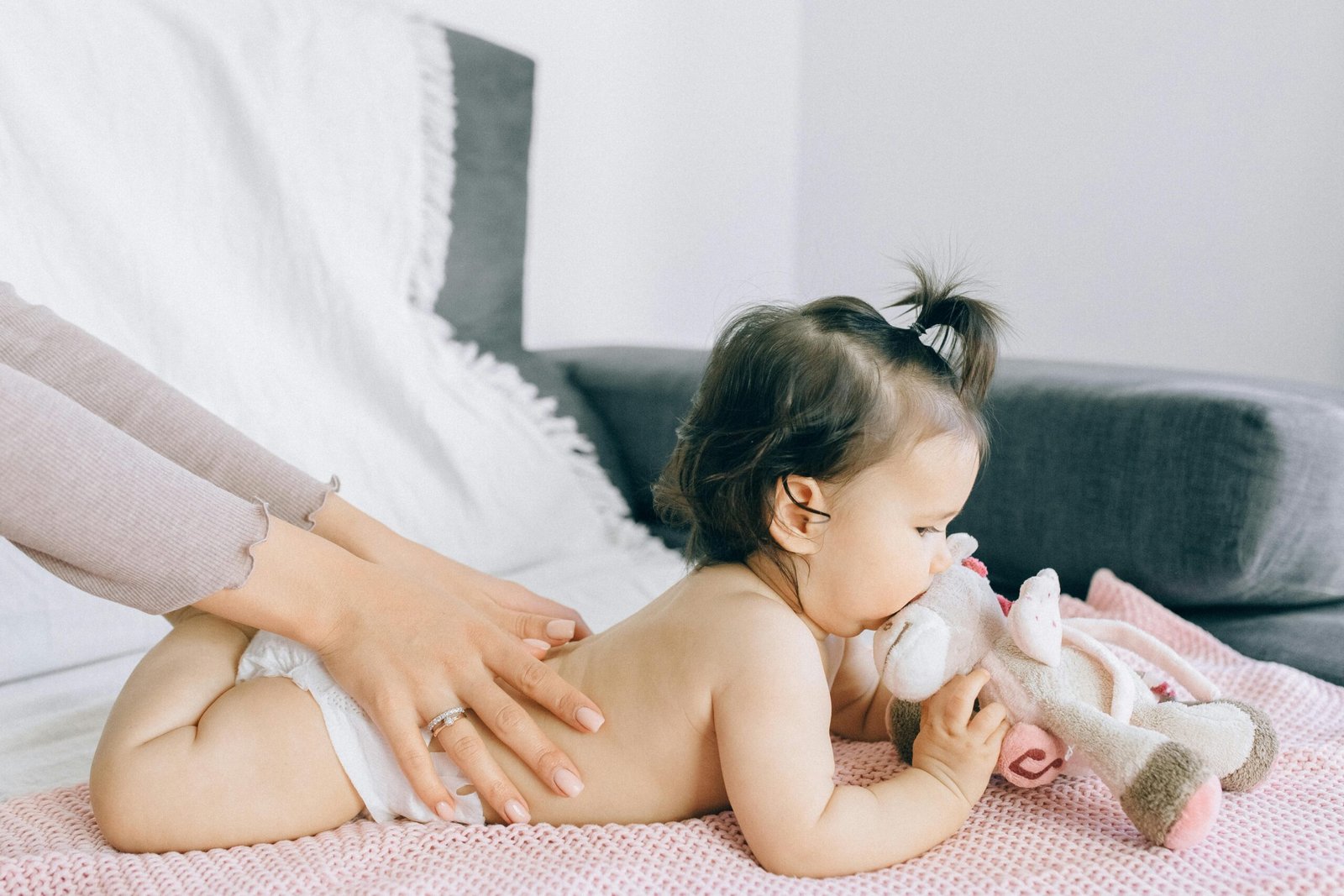Baby Skincare Must-Haves for Healthy, Soft Skin — Choosing safe, effective baby bath items, gentle skin care products, and reliable babyproofing gear can be overwhelming. This guide explores top-rated products, what to look for at each age, safety standards and ingredients to avoid, plus practical shopping and routine tips. Use these evidence-based recommendations to protect your infant’s skin and home while staying budget- and eco-conscious. These essentials help parents stay informed and confident in their choices.
How to choose baby products safely and sensibly
Choosing baby bath, skincare, and proofing products involves more than searching for familiar brands—it’s about providing a safe, gentle environment that nurtures sensitive skin. Babies’ skin is more permeable than adults’, and their natural curiosity requires thoughtful, age-appropriate protection. When selecting Baby Skincare Must-Haves for Healthy, Soft Skin, prioritize ingredient transparency, reliable safety certifications, and suitability for your child’s stage of development.
Compliance with Safety Standards
Always ensure products meet renowned standards such as CPSC, ASTM, FDA, or CE in the EU. These checks are essential when evaluating high-quality baby skincare essentials, especially for newborns.
Age/Stage Compatibility
Match product design to your baby’s developmental abilities—this applies to all gentle baby-care essentials.
Non-Toxic Materials
Choose food-grade silicone, BPA-free plastics, natural fabrics, and fragrance-free formulas. Non-toxic materials are a core part of any infant-safe skincare routine.
Ease of Cleaning
Look for smooth surfaces, removable covers, and quick-drying materials to prevent germ buildup and maintain hygiene across all your baby care essentials.
Baby Skincare Must-Haves for Healthy, Soft Skin — Ingredient Safety
Fragrances
May trigger irritation; fragrance-free products are best.
Parabens / Formaldehyde Releasers
Linked to irritation; choose naturally preserved alternatives.
Sulfates
Can strip natural oils—select sulfate-free cleansers.
Alcohols
Dry and sensitize the skin; avoid harsh forms.
Phthalates & Synthetic Dyes
Choose dye-free and phthalate-free products for safer infant skincare.
Marketing Traps
Terms like “natural” or “hypoallergenic” are unregulated. Always read full ingredient lists to ensure alignment with safe baby skincare practices.
Top baby bath products and how to use them
Bathing routines change as babies grow. Understanding this helps you choose the right Baby Skincare Must-Haves for Healthy, Soft Skin.
-
Newborns: sponge bath 2–3 times weekly
-
Infants: 2–3 full baths weekly
-
Toddlers: more often due to activity
Never leave a baby unattended — an essential rule for all bath-related baby care items.
Baby tubs
Safe design, non-slip bases, and proper size are key features in selecting safe bath essentials.
Bath seats & supports
Useful for hands-free support but require constant supervision.
Non-slip bath mats
Reduce slipping risks and enhance bath safety.
Bath thermometers
Help maintain safe water temperature.
Gentle cleansers & shampoos
Fragrance-free, tear-free, and pH-balanced formulas are ideal for soft, healthy skin.
Washcloths & towels
Soft, natural fiber cloths minimize irritation.
Bath time safety checklist
Use this checklist alongside your gentle baby-care essentials:
-
Always test water temperature
-
Keep one hand on baby
-
Keep products within reach
-
Dry and store items properly
-
Inspect accessories regularly
Best baby skin care products and treating common conditions
Baby skincare routines require careful product selection, especially for infants with sensitive skin.
Essentials include:
-
Gentle cleansers
-
Hypoallergenic moisturizers
-
Zinc oxide barrier creams
-
Mineral sunscreen (after 6 months)
These items form the foundation of an infant-safe skincare routine.
Ingredient preferences
Choose ceramides, oatmeal, shea butter, and sunflower seed oil.
Avoid
Fragrance, essential oils, parabens, alcohols, sulfates, and dyes.
Common baby skin issues
Cradle cap
Use gentle oils and soft brushing.
Eczema
Moisturize frequently and avoid irritants.
Diaper rash
Apply zinc oxide creams consistently.
Storage and safety
Proper storage maintains the quality and safety of your baby’s skincare items.
Essential baby proofing products and correct installation
Childproofing the home complements all other baby care essentials, helping prevent accidents.
Crawling stage
Outlet covers, cabinet locks, and corner guards.
Early walker
Safety gates and door stoppers.
Toddler stage
Furniture anchors and window guards.
Correct installation is crucial for maintaining a safe environment.
Morning & evening routine templates
Your daily routines work best when supported by suitable baby skincare products, moisturizers, and gentle cleansers.
Consolidated Shopping Checklist
This list helps parents organize and prioritize their baby care essentials based on age, budget, and needs.
Sustainability & secondhand advice
Eco-conscious parents can choose refillable or certified safe secondhand items wherever applicable.
Maintenance Calendar
Regular inspection ensures continued safety and hygiene across all baby-care products.
Final Practical Tips
Stay informed and check recalls, product updates, and pediatric guidance to make the best choices for your child.
Conclusions
Selecting the right products requires balancing safety, gentle ingredients, and usability. With appropriate Baby Skincare Must-Haves for Healthy, Soft Skin, parents can build routines that protect, nourish, and support their child every day.
For parents looking for reliable safety guidelines and expert-approved baby skincare advice, this trusted source offers clear, up-to-date information: healthychildren

